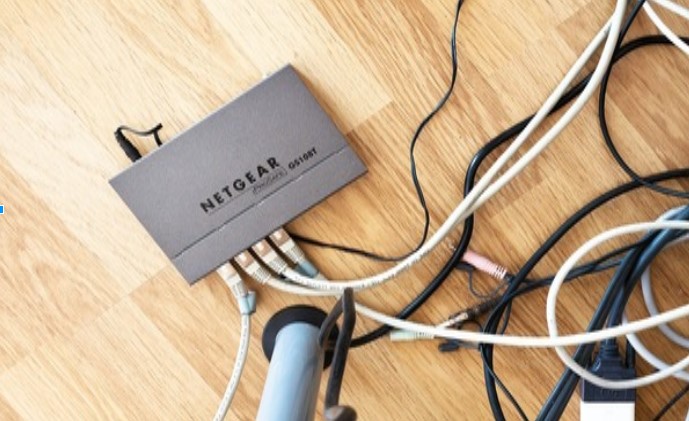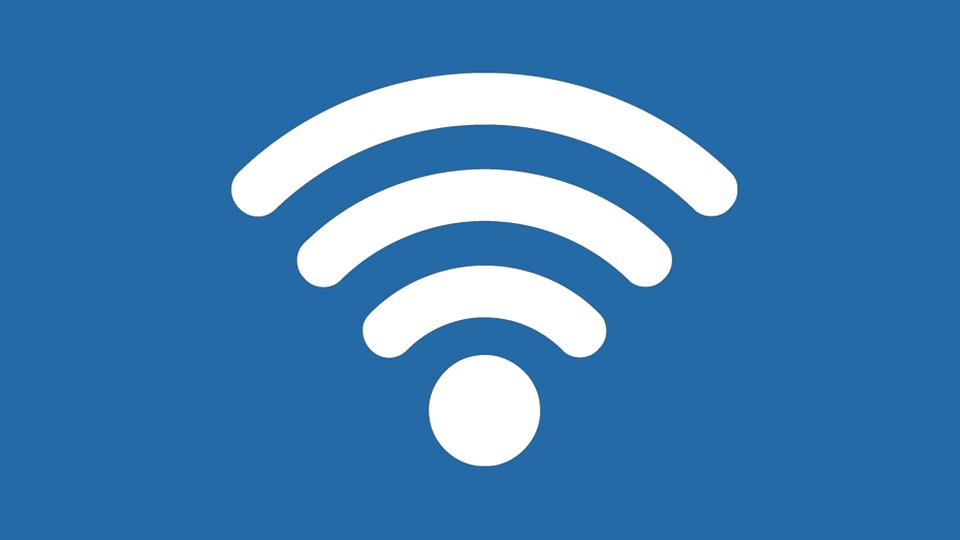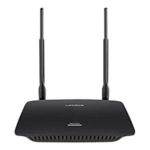With nearly three quarters of American households being connected to the internet via Wi-Fi or other internet connection, well over 150 million Americans can use the internet in their home. Also, nearly every modern company is connected to the internet as well. While it would be great if this internet would always be working as advertised, that is not always the case.
It is common for home Wi-Fi to be slow at times. In small doses this is manageable. However, if it happens frequently it can become very annoying. Slow Wi-Fi can be an inconvenience in a number of different ways. With how much most of us use the internet, this can have a real negative impact and waste a lot of time.
With that in mind, this article is going to look at a few tips and things to try when dealing with slow Wi-Fi and trying to improve it.
Make Sure Your Wi-Fi is Secure
While there are many reasons for a slow internet connection at home, one of the most common is that someone else is using your Wi-Fi without you knowing. Internet isn’t cheap. If a neighbor can somehow guess your password or somehow hack your network, they might be using your internet and slowing it down with their many devices.
As a result, you should make sure to set up a strong password. If you feel someone knows your password, feel free to change it frequently going forward. Also, you should be using WPA2 encryption, as the traditional standard of WEP can be easier to hack.
Perform a Wi-Fi Analysis
Sometimes, finding the reason why your Wi-Fi is slow can be a lot harder and more technical to explain than simply someone else stealing your Wi-FI. If you want to get a deeper understanding of the wireless network at the office, it could be worthwhile to use a wireless analyzer.
This type of software can quickly resolve any issues you might have, as well as helping you manage and monitor wireless networks. Network troubleshooting is easier and many of these services provide you with deeper insights an information about the overall health of the wireless connection.

Consider the Location of Your Router
While many of us may tuck away out router to avoid it sticking out and clashing with our decor, this is actually the wrong thing to do. Your router should actually be out in the open and away from anything that is potentially blocking or interfering with it. Microwaves, cell phones, and even walls or doors can sometimes weaken the range and connection of a router.
If you notice slow internet, try potentially moving your router to a different part of your house. See if that has any positive impact on internet speed. Also, if your router is far from where you spend a lot of your online time, you may want to move it closer as simple distance away from your router can lead to some sluggish Wi-Fi.
Upgrade or Update Your Router
If you are using an outdated version of the software within your router, that could be potentially to blame for the speed issues you are encountering. Updates could hold fixes that can improve speed, so they are worth a try.
In addition to updating your router’s software, you could also look at upgrading to a newer model which could increase your speed and come with other useful features as well, potentially. These are generally quite affordable. However, be sure to check out online reviews and such before making any purchase.
Hopefully, the tips and tricks included in this article are able to help you deal with and rectify a slow Wi-Fi connection at home or the office.
Related Posts












